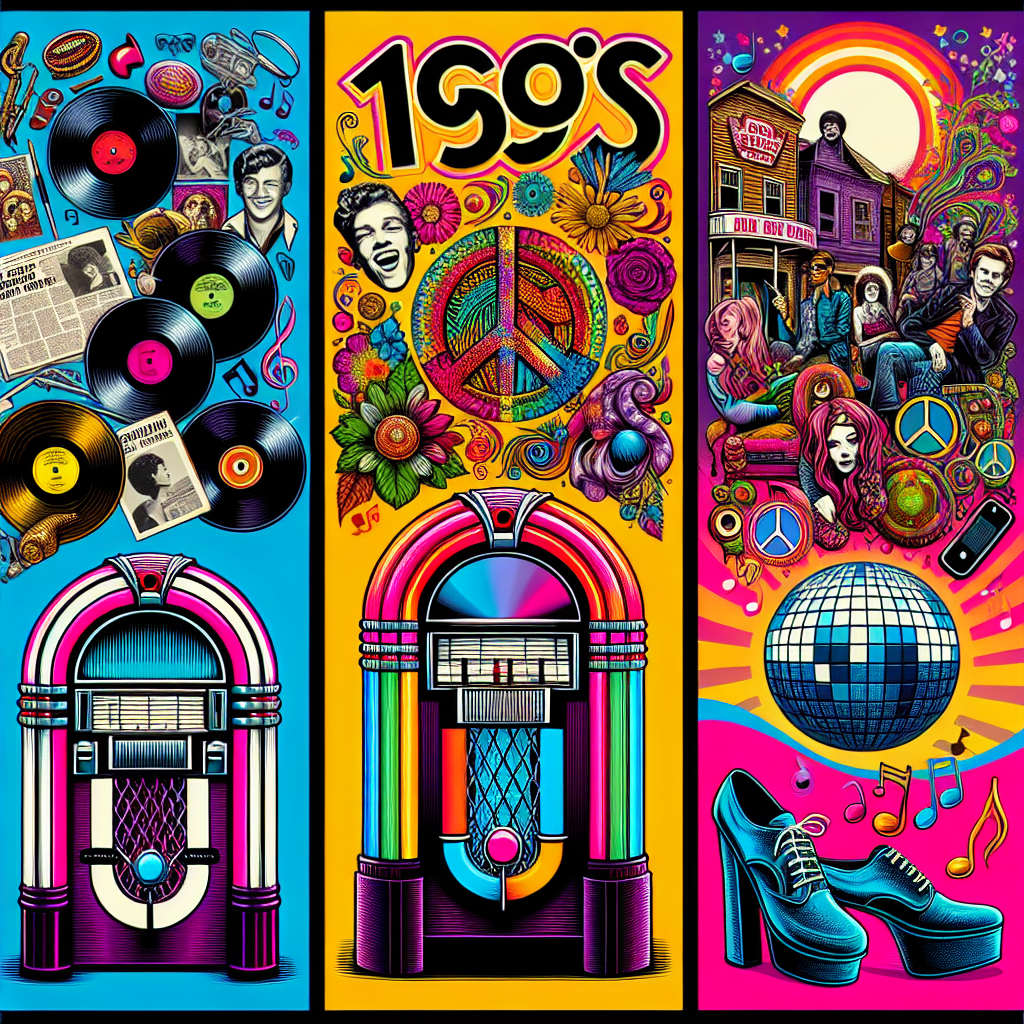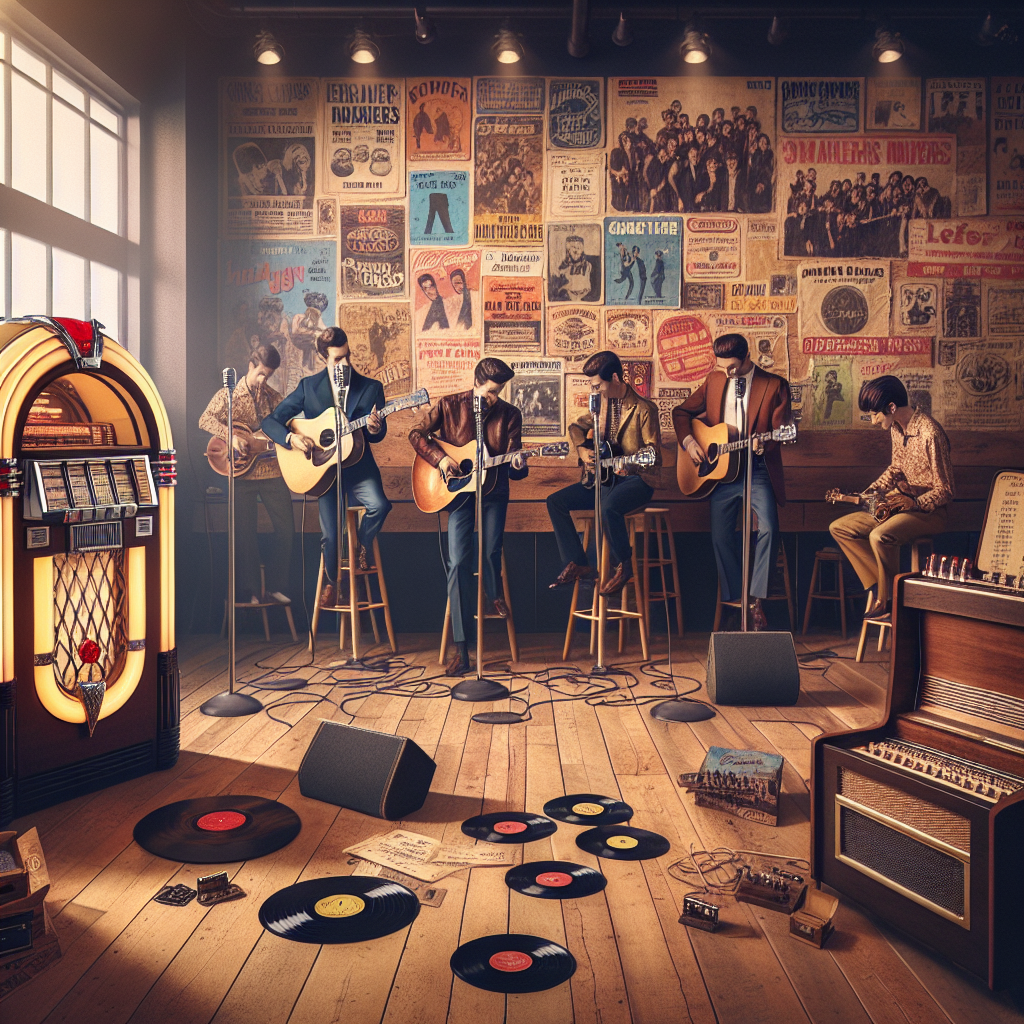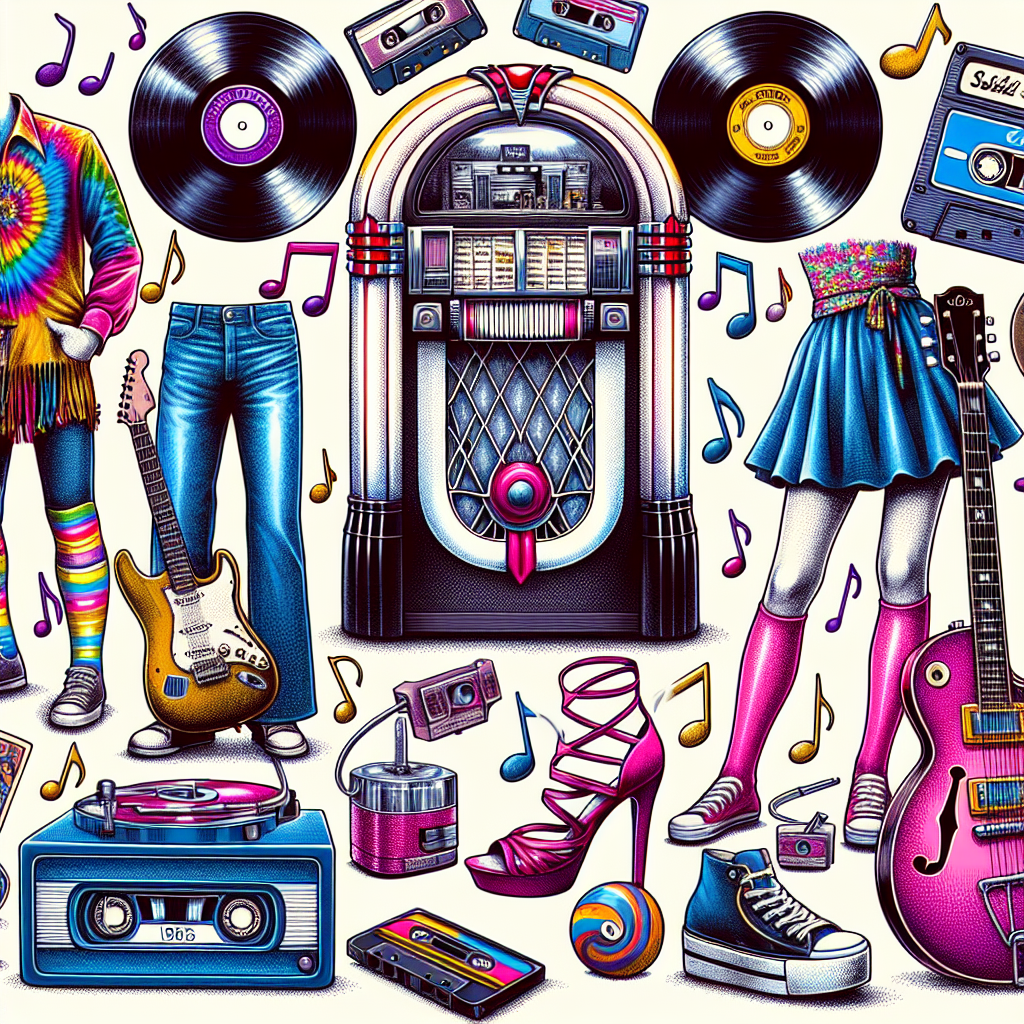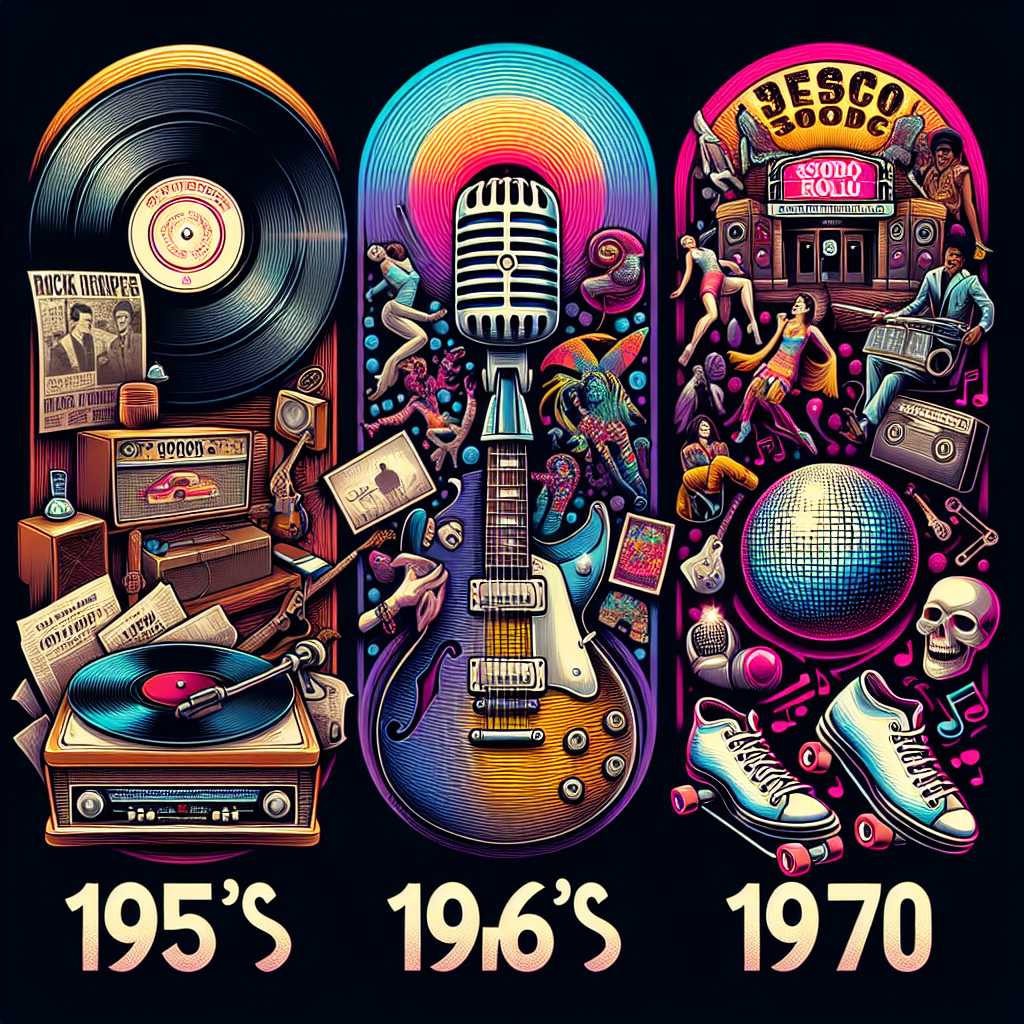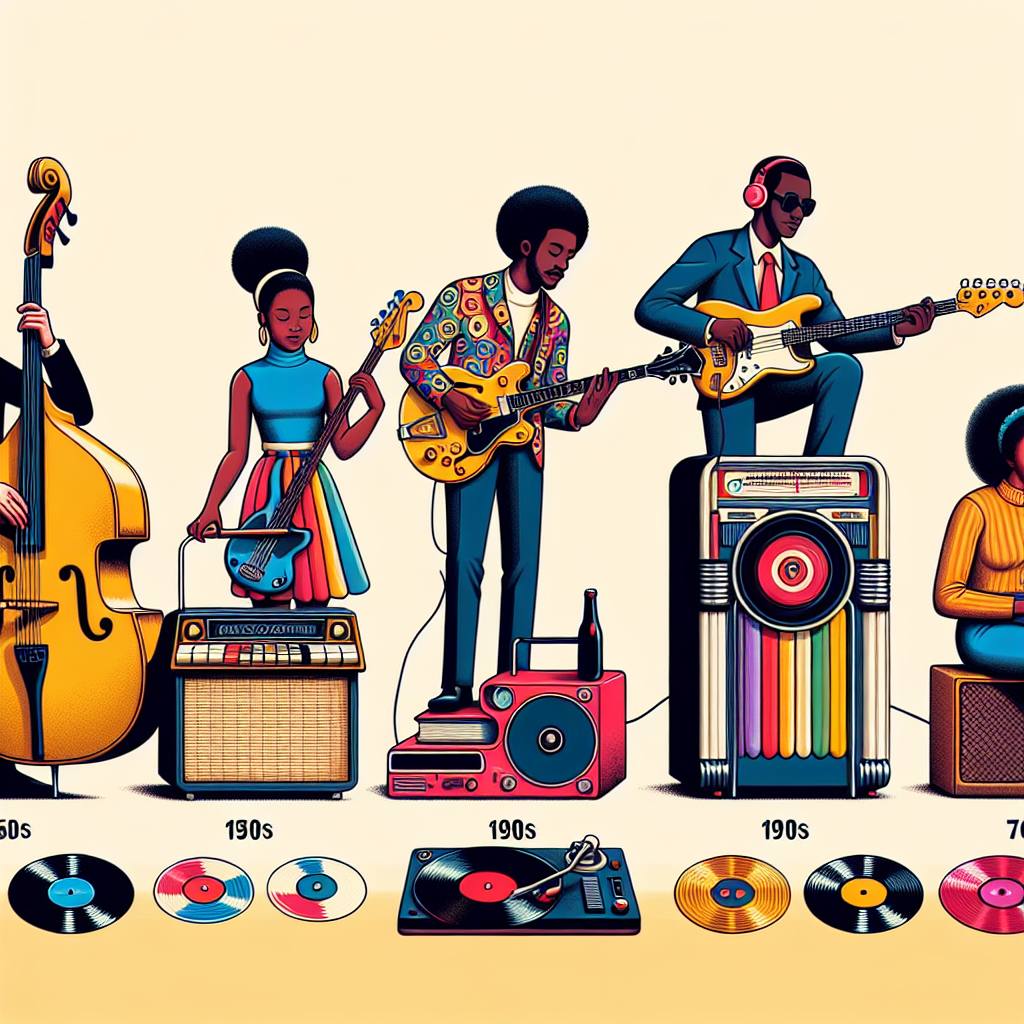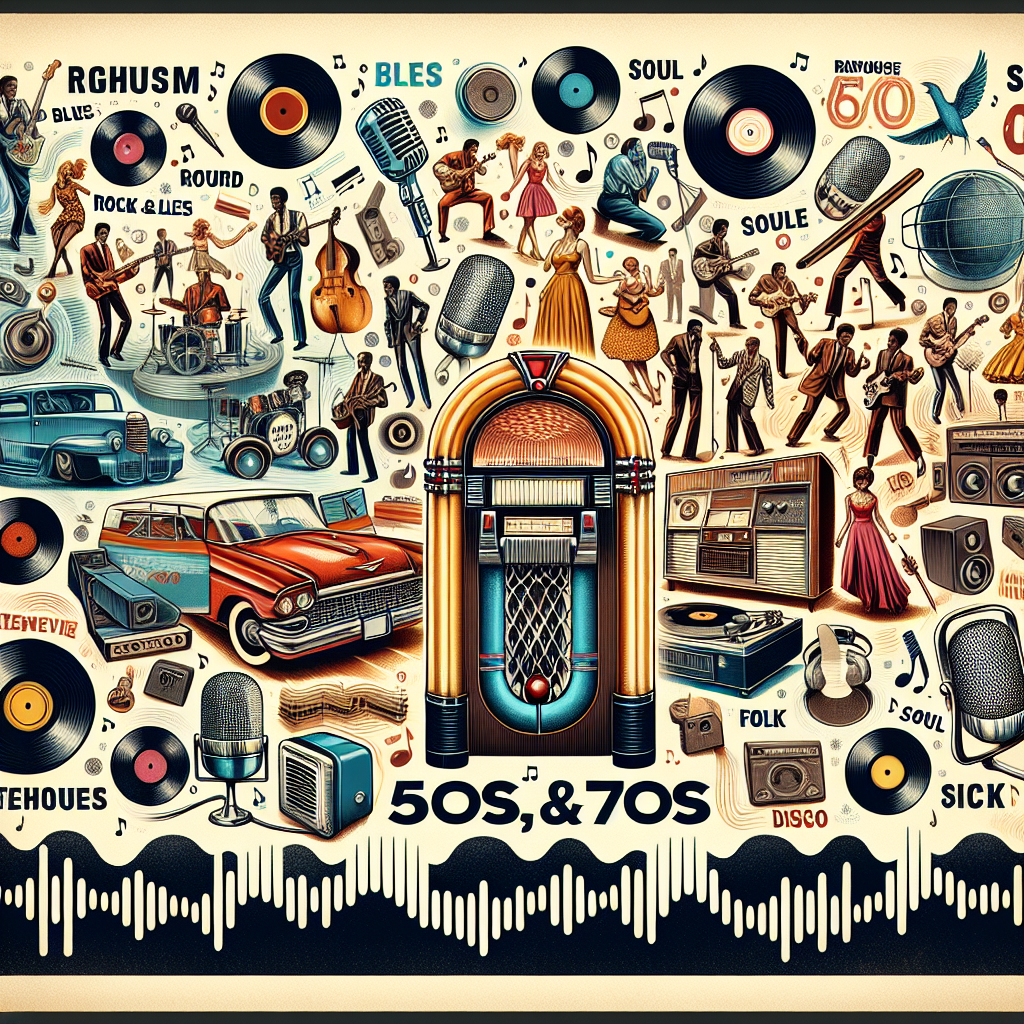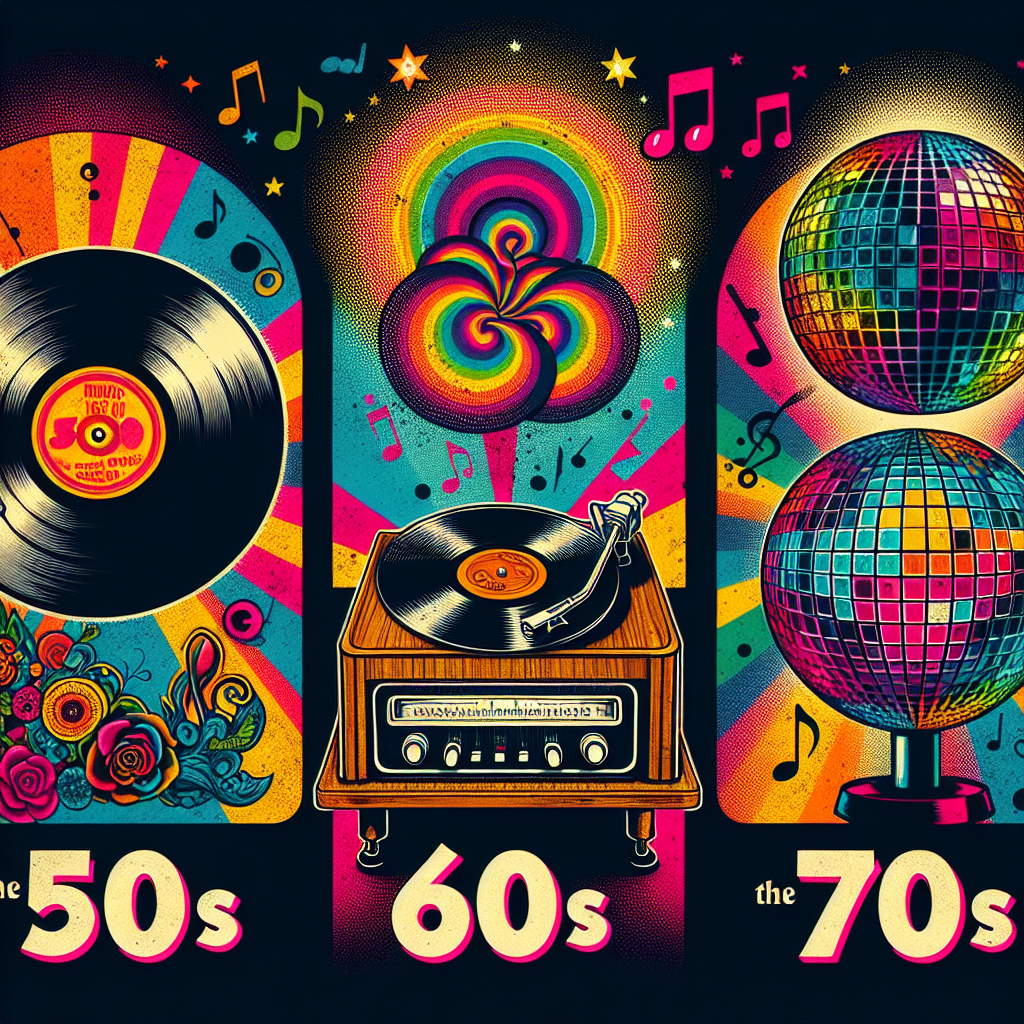When we think of the 1960s, many iconic images and sounds come to mind. One of the most influential movements of that time was Motown, a record label that not only shaped the music industry but also had a significant impact on culture, politics, fashion, and technology.
Motown was founded in Detroit in 1959 by Berry Gordy Jr., and quickly became known for its signature sound – a mix of soul, pop, and R&B that was catchy, upbeat, and impossible not to dance to. Artists like The Supremes, Marvin Gaye, Stevie Wonder, and The Temptations all got their start at Motown and went on to become some of the biggest names in music.
But Motown’s influence went beyond just the music industry. The label played a key role in breaking down racial barriers in America during a time of intense segregation. By featuring black artists on mainstream radio stations and television shows, Motown helped to bridge the gap between white and black audiences and bring people together through music.
Politicians also took notice of Motown’s impact on society. Artists like Marvin Gaye used their platform to speak out against social injustices and advocate for change. His song “What’s Going On” addressed issues like poverty, war, and police brutality – topics that were often ignored by mainstream media at the time.
In terms of fashion, Motown artists were trendsetters both on and off stage. The Supremes’ coordinated outfits and glamorous style set the standard for girl groups everywhere, while male artists like The Temptations popularized sharp suits and choreographed dance moves that are still emulated today.
And let’s not forget about the role technology played in shaping Motown’s sound. The label was one of the first to embrace new recording techniques like overdubbing and multitrack recording, which allowed artists to experiment with different sounds and create more complex arrangements. This innovation helped Motown stay ahead of the curve and continue producing hit after hit.
Overall, it’s clear that Motown had a lasting impact on music in the 60s and beyond. Its influence can still be heard in today’s pop songs and seen in everything from fashion trends to social activism. So next time you’re listening to your favorite oldies playlist or watching a documentary about music history, take a moment to appreciate the legacy of Motown – because without it, our world would be a lot less soulful.
